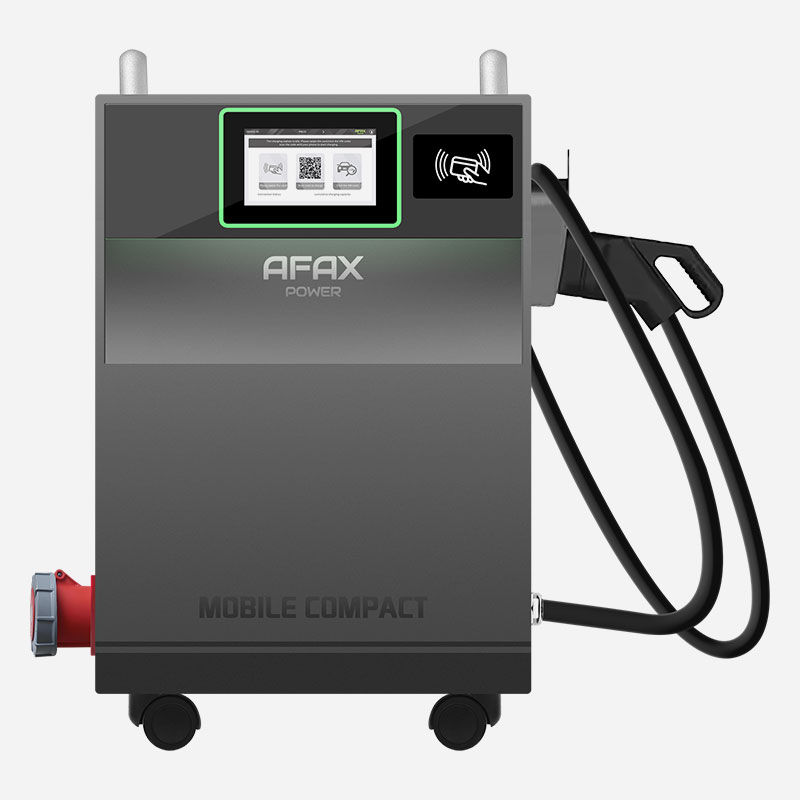Fast EV Charging: EVSE 11kW and 22kW Three-Phase
- afaxpower5
- Aug 1, 2024
- 2 min read
With the rise of electric vehicles (EVs), the demand for efficient and rapid charging solutions has become more crucial than ever. Electric Vehicle Supply Equipment (EVSE) plays a vital role in ensuring that EVs can be charged quickly and efficiently. This article delves into the specifics of fast EV charging, particularly focusing on 11kW and 22kW three-phase chargers.

Understanding Three-Phase Charging
Three-phase charging is a method of delivering power using three wires, each carrying an alternating current (AC) that is out of phase with the others by one-third of a cycle (120 degrees). This setup allows for a more balanced and efficient delivery of power, which is particularly beneficial for high-power applications like EV charging.
11kW Three-Phase Chargers
11kW three-phase chargers offer a significant step up from single-phase chargers, providing faster charging times and higher efficiency. These chargers are commonly used in residential settings with three-phase power availability, as well as in commercial and public charging stations. An 11kW charger can typically add about 70-75 kilometers (approximately 43-47 miles) of range per hour of charging, making it a practical option for daily use.
22kW Three-Phase Chargers
22kW three-phase chargers double the power output of 11kW chargers, offering even faster charging times. These are often found in commercial and public charging stations where quick turnaround is essential. A 22kW charger can add about 140-150 kilometers (approximately 87-93 miles) of range per hour of charging. This makes them ideal for fleet vehicles, taxis, and other high-usage scenarios.
Benefits of Fast EV Charging
Reduced Charging Time: Faster chargers significantly cut down the time needed to recharge an EV, making them more convenient for users.
Increased Efficiency: Three-phase chargers provide a more balanced load on the electrical grid, improving overall efficiency and reducing energy losses.
Enhanced Convenience: With faster charging options, EV owners can quickly recharge their vehicles during short stops, making long-distance travel more feasible.
Challenges and Considerations
While fast EV charging offers numerous benefits, it also comes with challenges. The initial cost of installing high-power chargers can be substantial, and not all residential areas have access to three-phase power. Additionally, the increased power demand requires a robust electrical infrastructure to support widespread adoption.
Future of Fast EV Charging
The future of fast EV charging looks promising, with ongoing advancements in technology and infrastructure. As more countries and cities invest in EVSE, the availability and convenience of fast charging will continue to improve. Innovations such as ultra-fast chargers and integration with renewable energy sources are set to revolutionize the EV charging landscape.
Conclusion
Fast EV charging, particularly with 11kW and 22kW three-phase chargers, is a crucial component in the adoption of electric vehicles. By reducing charging times and improving efficiency, these chargers make EVs a more practical and appealing option for consumers. As technology and infrastructure continue to evolve, the future of fast EV charging holds great potential for a more sustainable and convenient transportation system.




コメント